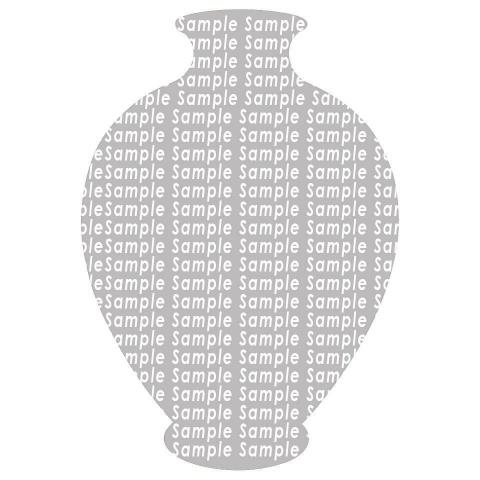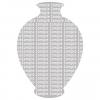Antique English Delft Charger Made circa 1750
- 手绘
WHY WE LOVE IT: Just dreamy
This exceptional English Delft charger was hand-painted in the early 18th century. Decorated with tulips painted in soft colors of green, orange, blue, and yellow it is one of the finest polychrome Delft chargers the shop has had the privilege to own over the last 58 years. Three tulips grow from a small hummock, and fill the center of the charger. The border has four panels of red and blue diamonds with yellow outlines positioned on the north, south, east, and west. The decoration is so beautiful that one suspects that this piece was made for decoration and not for practical use.
Tulips were passionately collected in England in the 17th and well into the first half of the 18th centuries. This passion translated into the decorative arts. This charger is a wonderful example of the tulip mania of the period.
Tulips were introduced into England from Turkey. As tulips were among the flowers most often represented on Turkish Iznik pottery we can see here a strong influence of that Iznik* pottery.
Ref: Michael Archer and Brian Morgan "Fair as China Dishes" page 42.
*The origins of Delft are found in the Middle East. Tin ash was used
in a glaze for pottery as early as the 9th century in Mesopotamia. The use of white glaze over a dark or buff colored pottery body created a "canvas" on which painters could show brilliant colors which did not show up well on the darker bodies of the earlier pottery.
In the Middle ages potters took the technique to Spain and Italy. In the third quarter of the 16th century the technique spread to England.




